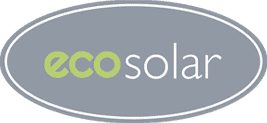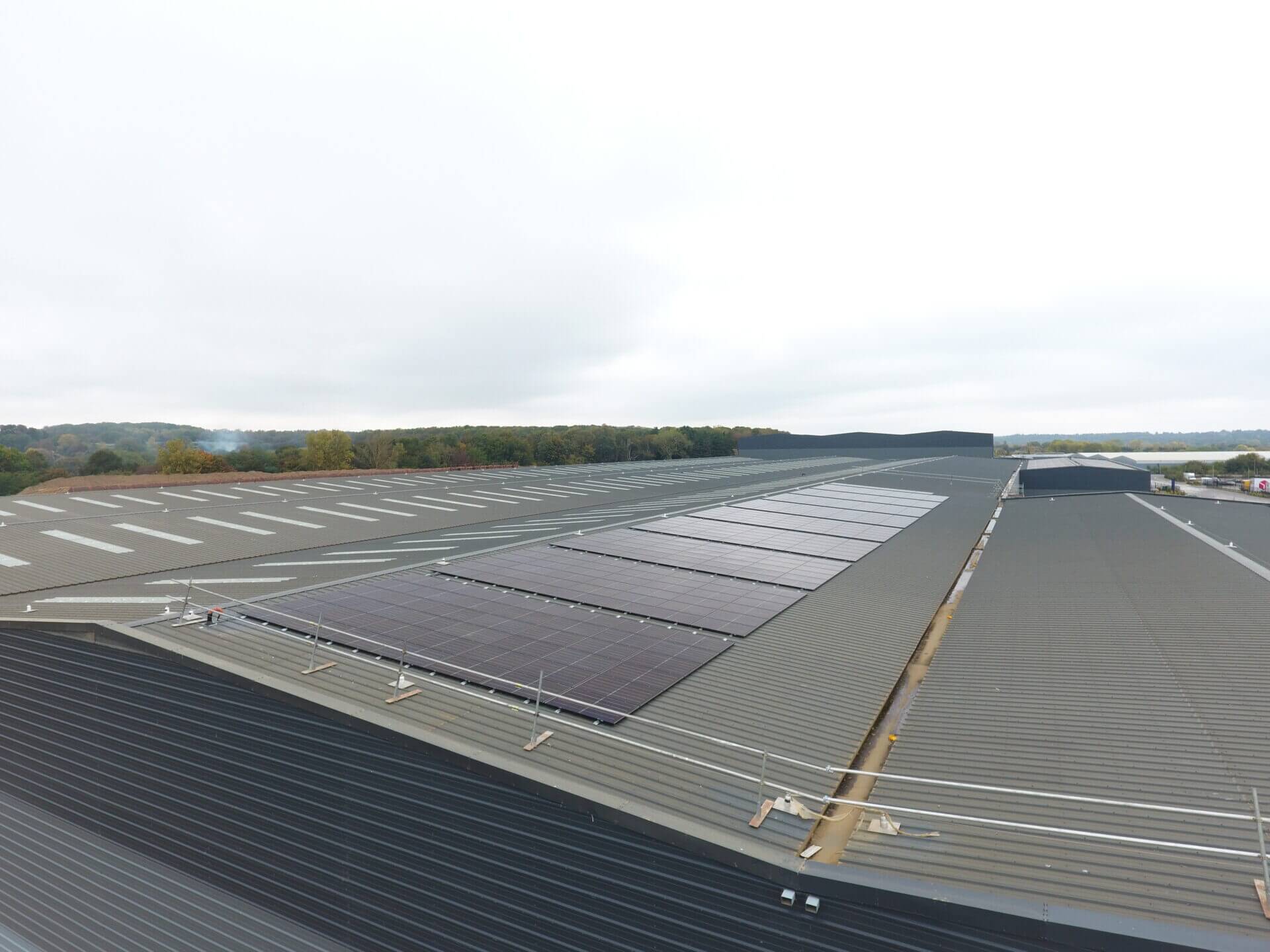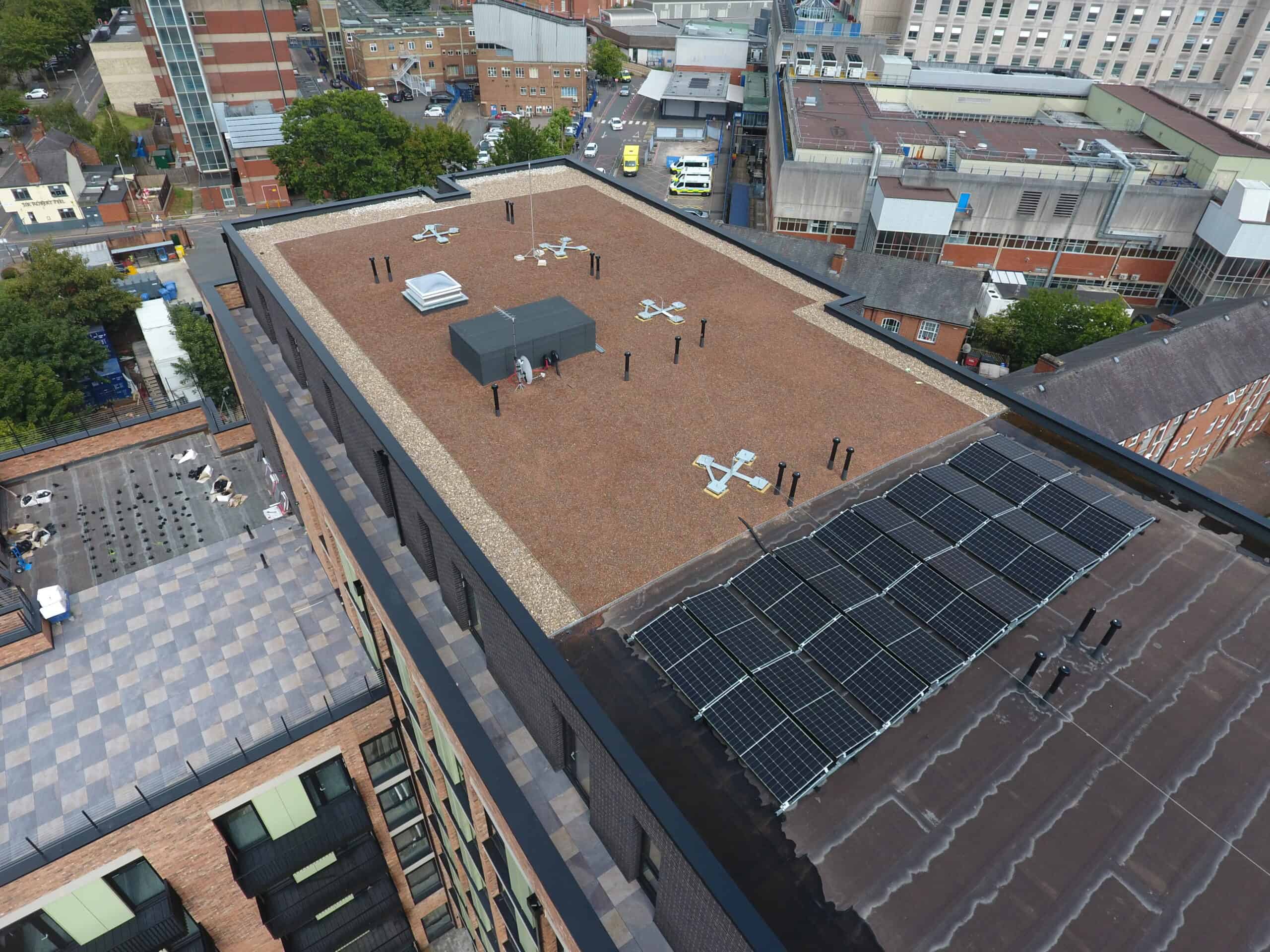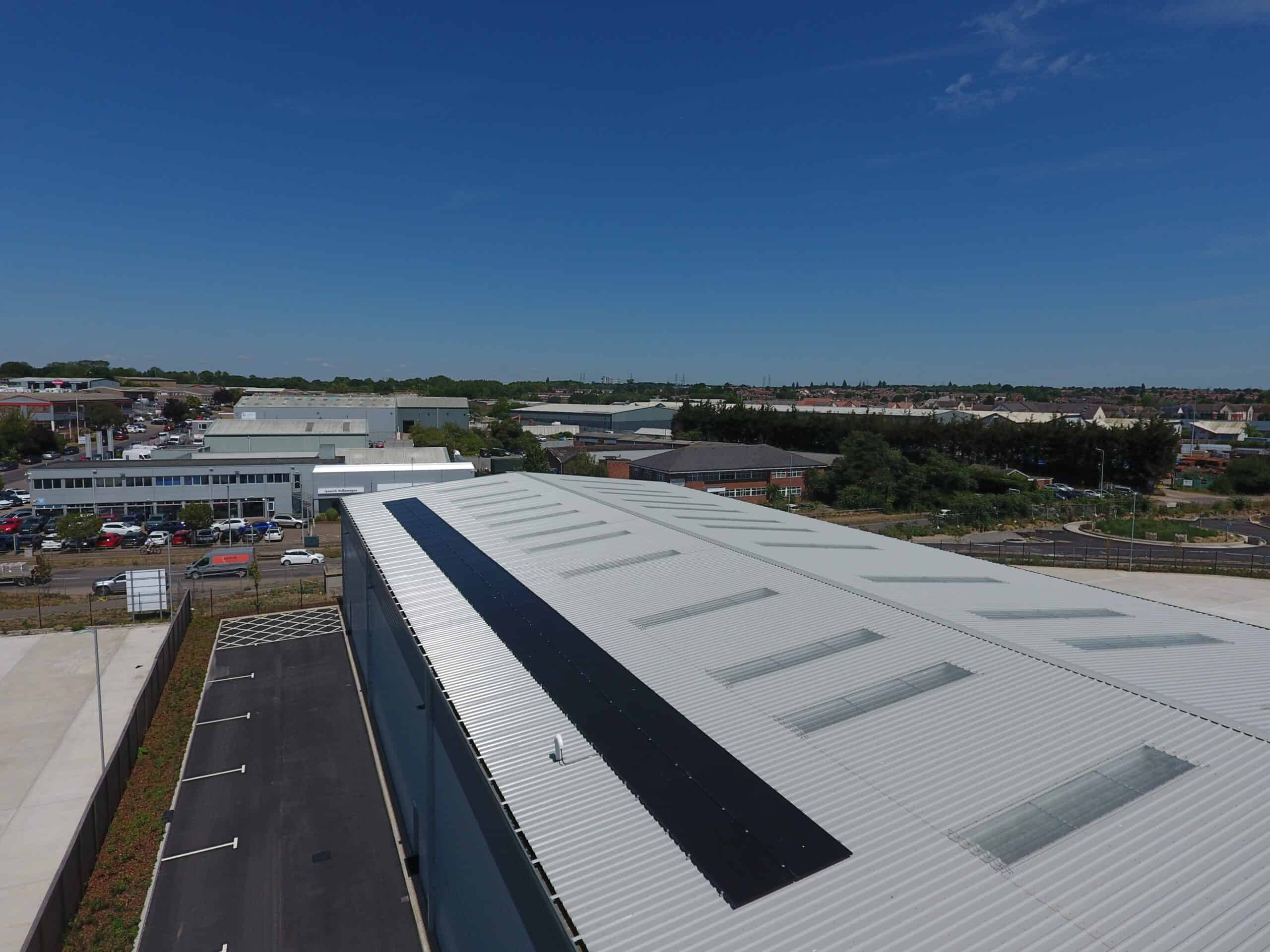Project Overview
Client: Unit 10, Port One, Ipswich
Location: Ipswich, United Kingdom
System Size: 12.02 kWp
Installer: Eco UK Group
Objective: To design and install a solar photovoltaic (PV) system that not only reduces electricity costs and carbon emissions but also meets the BRUKL (Building Regulations UK Part L) compliance requirements as part of the development’s sustainability and energy efficiency standards.
As part of the construction and development process, Unit 10 at Port One, Ipswich, was required to meet BRUKL standards, which mandate energy efficiency and sustainability measures. To fulfil these requirements, the developer chose to integrate a 12.02 kWp solar PV system.
This system was designed to optimize energy production while ensuring that the building’s overall energy consumption adhered to BRUKL regulations. The installation involved careful planning to meet both the regulatory standards and the client’s goals of reducing operational costs and enhancing environmental performance.
Client Background
Unit 10 at Port One in Ipswich is a commercial establishment with considerable energy consumption, making it an ideal candidate for a solar PV system. The client sought to reduce operational energy costs and contribute to environmental sustainability by harnessing renewable energy. Partnering with Eco UK Group, the client aimed to achieve these goals through the installation of a solar energy system tailored to the facility’s specific needs.
System Design and Components
The solar PV system designed for Unit 10 is a 12.02 kWp string system, consisting of the following key components:
- PV Modules: 27 LONGI Solar LR4-72 HIH 445 M G2 modules. These high-efficiency modules cover an area of 58.7 m², optimized for the facility’s east-facing roof.
- Inverter: A Rayleigh Instruments RI-ENERGYFLOW-3P-SERIES-25-10kW inverter, responsible for converting the DC output from the solar panels into usable AC electricity. The inverter is sized with a factor of 120.2% to ensure optimal performance.
- Monitoring and Metering: The system includes a feed-in meter, and a bidirectional meter, all of which contribute to effective energy management and grid interaction.
A G100 device was installed to ensure zero export to meet local DNO Restrictions.
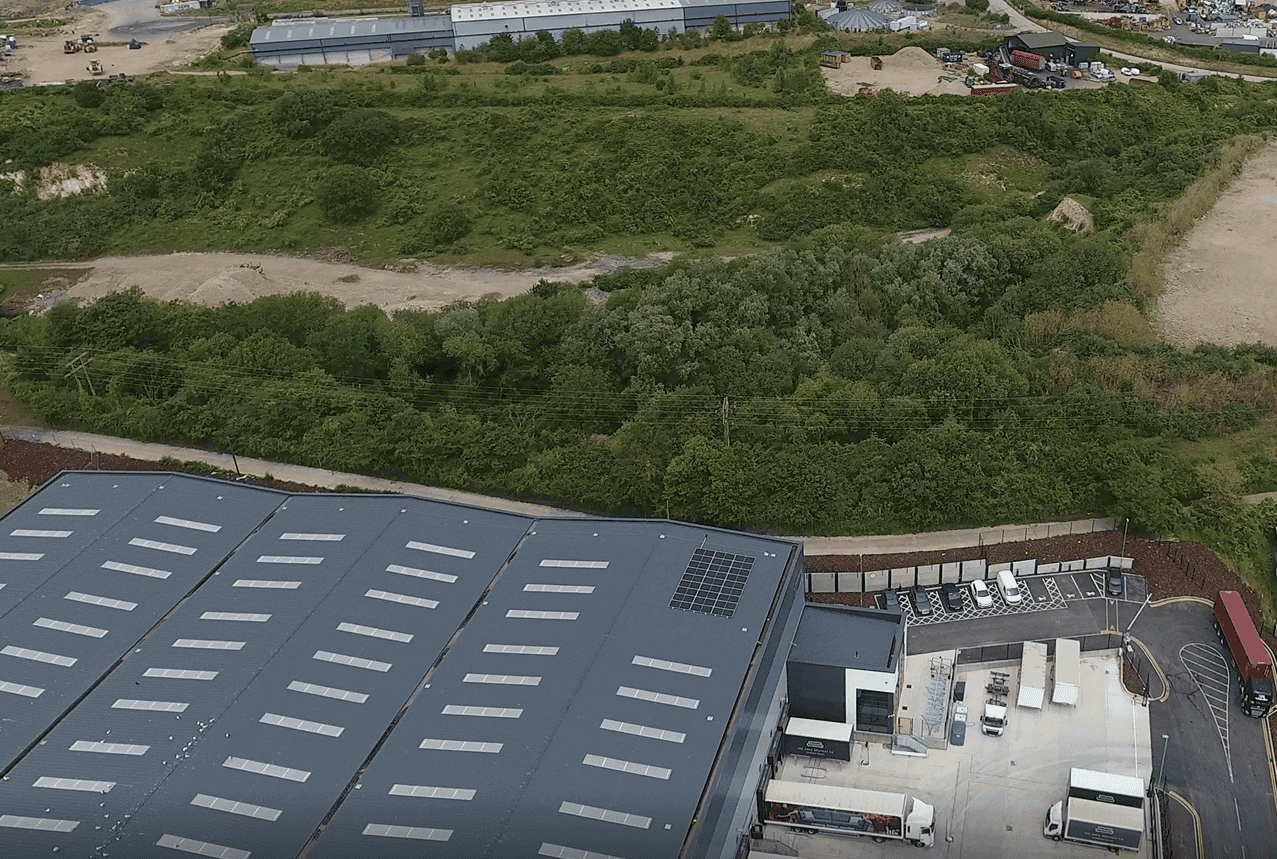
Implementation and Challenges
Installation Process:
- Site Assessment: An initial site survey determined that the east-facing roof was the most suitable location for the PV system. The roof’s 5° inclination and orientation were factored into the design to maximize solar exposure.
- System Installation: The installation involved securely mounting the 27 PV modules in parallel, ensuring that the system was robust and able to withstand local weather conditions. The Rayleigh inverter was then installed and connected to manage the conversion and distribution of electricity.
Challenges:
- Roof Orientation: The east-facing roof posed a challenge in terms of morning sunlight exposure, potentially affecting early-day energy production. This was mitigated by optimizing panel placement and inverter settings.
- Load Management: Ensuring that the facility’s energy consumption was balanced with solar generation required precise management, particularly during peak operational hours.
Results and Impact
- Energy Production: The system is projected to generate approximately 11,604 kWh annually, covering about 12.6% of the facility’s total energy demand.
- Environmental Impact: The solar PV system helps avoid 5,454 kg of CO₂ emissions each year, significantly reducing the facility’s carbon footprint.
Conclusion
The 12.02 kWp solar PV system at Unit 10, Port One, Ipswich, demonstrates the effectiveness of renewable energy in reducing operational costs and environmental impact. Despite the challenges of an east-facing roof and energy load management, the project was executed successfully, providing substantial financial savings and environmental benefits. This case study highlights the potential for commercial facilities to adopt solar energy solutions, achieving both economic and sustainability goals over the long term.
For more information on SolarEdge Systems and Sustainable Energy Solutions, please contact us by calling
01455 552511 or by visiting here
